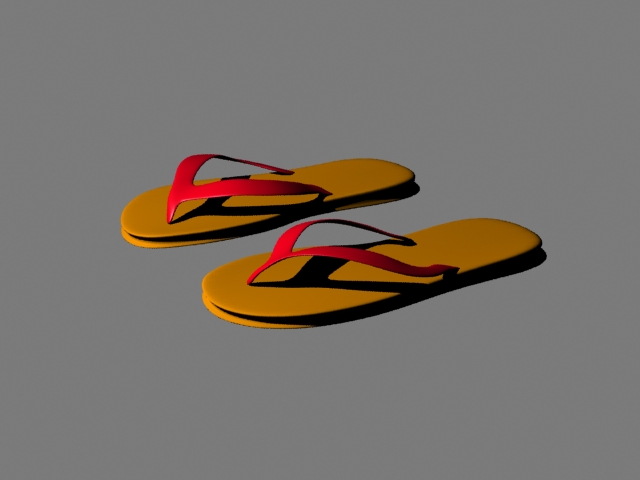Flip-flops (also called thongs, jandals, pluggers, go-aheads, slaps, slides, step-ins, chankla or a variety of other names throughout the world) are a type of open-toed sandal typically worn in casual situations, such as outside or at the beach. They consist of a flat sole held loosely on the foot by a Y-shaped strap that passes between the first and second toes and around either side of the foot. They may also be held to the foot with a single strap over the top of the foot rather than a thong.
The name “flip-flop” originated because of the sound that is made by slapping between the sole of the foot and the floor when walking. This style of footwear has been worn by the people of many cultures throughout the world, originating as early as the ancient Egyptians in 1,500 B.C. The modern flip-flop descends from the Japanese zōri, which became popular after World War II when soldiers returning to the United States brought them back. They became popular summer footwear among both genders during the 1960s, 1990s, and 2000s, and some varieties have even found their way into more formal attire, despite criticism.















